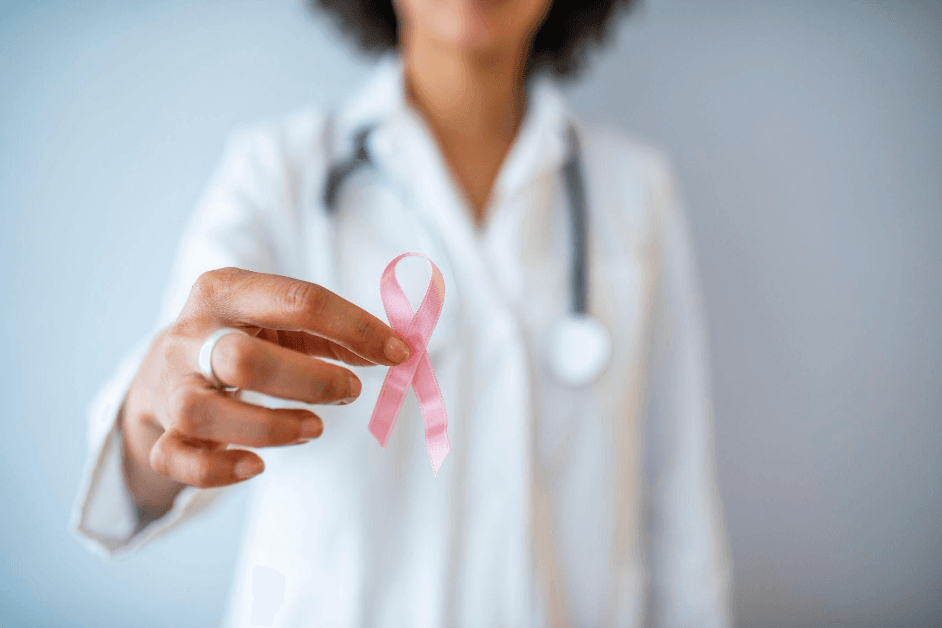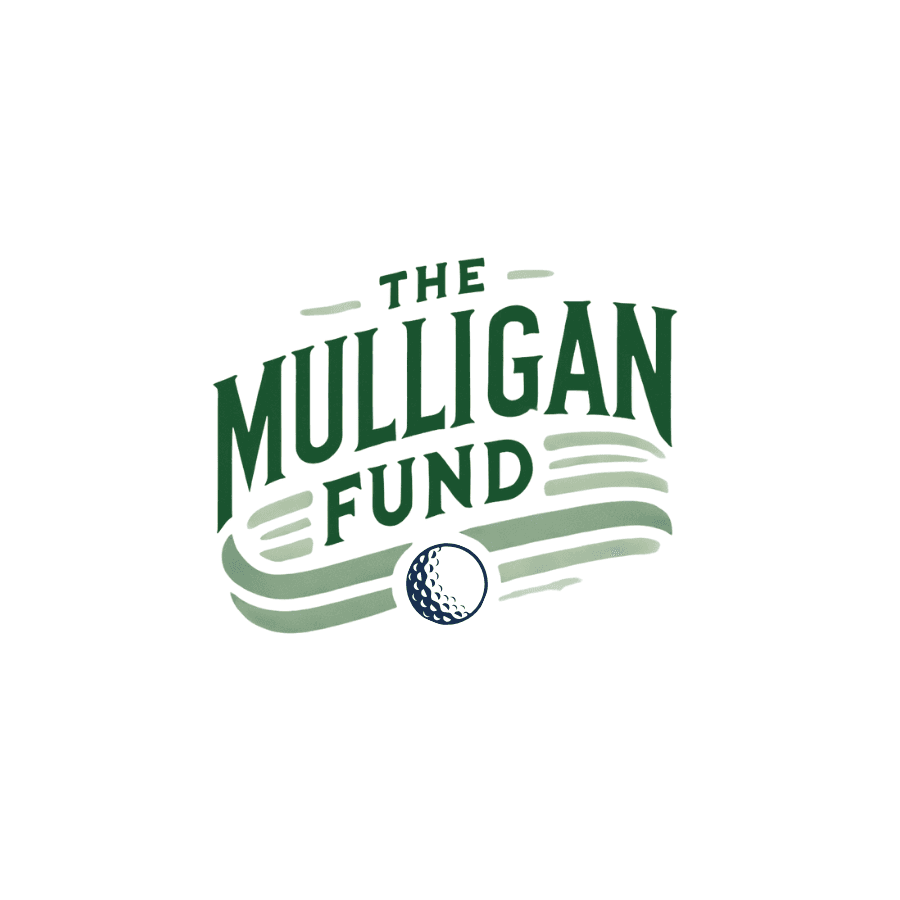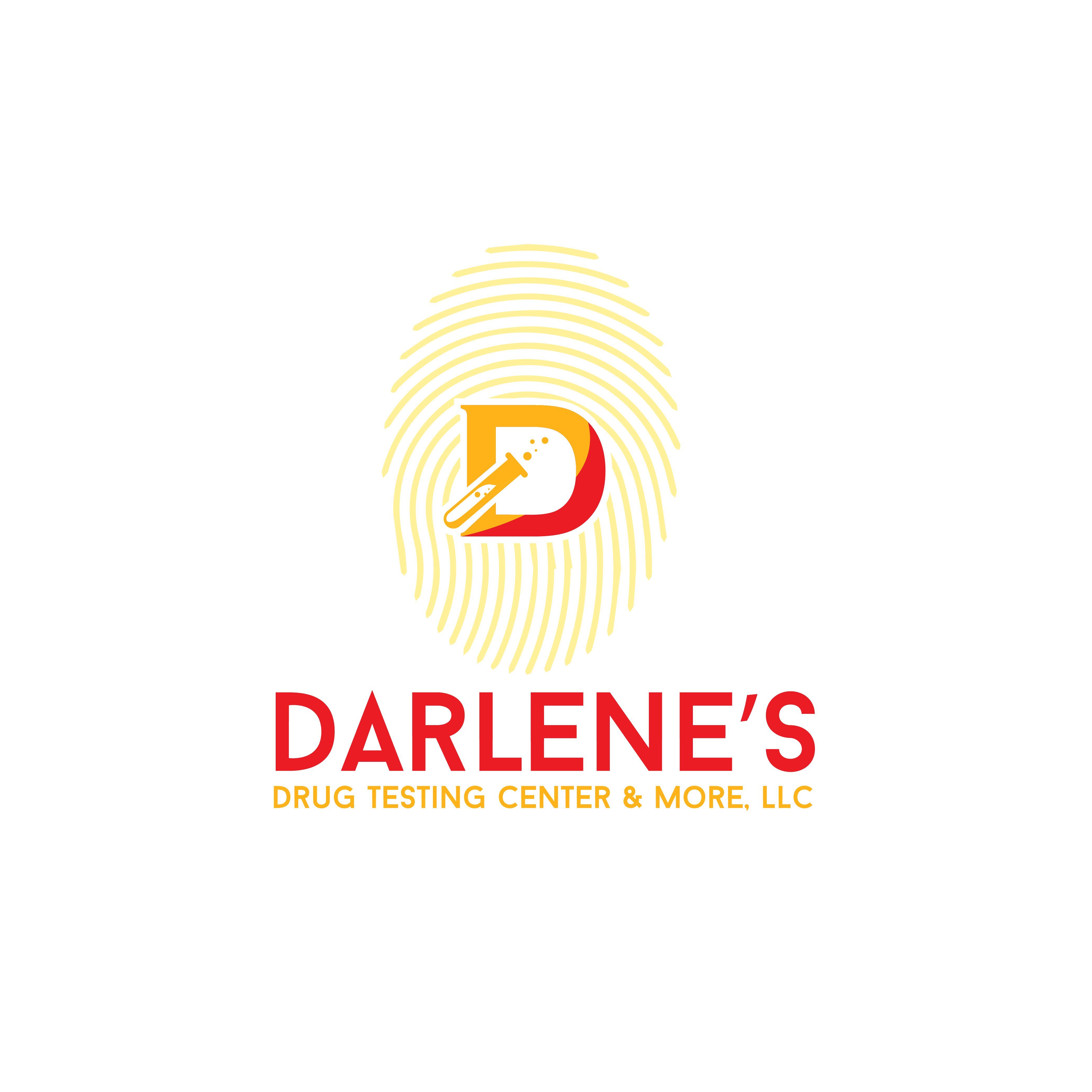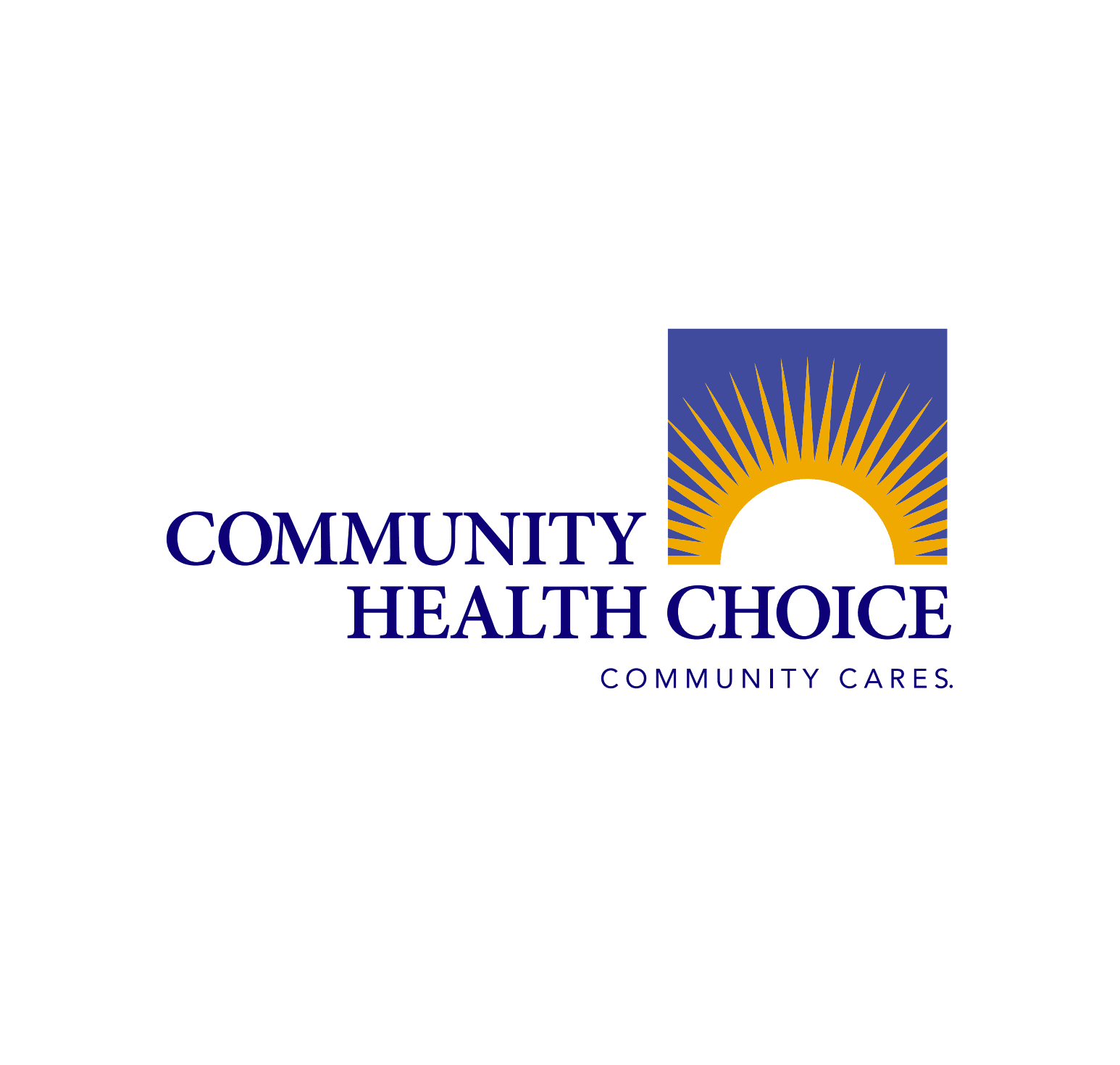
What is Breast Cancer?
According to the National Breast Cancer Foundation, Breast Cancer is defined as a “disease in which cancer cells form in the issues of the breast”. Both men and women can be affected by breast cancer. The National Breast Cancer Foundation reports that 1 in 8 American women will develop breast cancer during their lifetime. A further estimate from 2023 findings indicates that 297,790 women and 2,800 men will be diagnosed with invasive breast cancer. There are other types of cancer as well. Additionally, pregnant women can be diagnosed with breast cancer during pregnancy.
What causes Breast Cancer?
Breast cancer occurs when harmful tumors develop in the breast, according to the National Breast Cancer Foundation. By breaking away from the original tumor and entering blood vessels or lymph vessels, these cells can spread throughout the body. The process of cancer cells traveling to other parts of the body and damaging other tissues and organs is called metastasis.
Types of Breast Cancer
There are different types of breast cancer such as Ductal Carcinoma in Situ (DCIS), Invasive Ductal Carcinoma (IDC), Lobular Carcinoma In Situ (LCIS), Invasive Lobular Cancer (ILC), Triple Negative Breast Cancer (TNBC), Inflammatory Breast Cancer (IBC), and Metastatic Breast Cancer (MBC).
Ductal Carcinoma in Situ (DCIS)
Ductal Carcinoma in Situ (DCIS) is a type of non-invasive breast cancer in which abnormal cells are found in the lining of the breast milk duct. In the surrounding breast tissue, atypical cells have not spread beyond the ducts. It is a very early form of cancer that is highly treatable, but if left untreated or undetected, it may spread to surrounding tissue. According to the National Breast Cancer Foundation, Carcinoma means cancer, while situ means “in its original place”.
Invasive Ductal Carcinoma (IDC)
Invasive ductal Carcinoma or IDC, sometimes referred to as infiltrative ductal carcinoma, is a type of invasive breast cancer in which abnormal cancer cells form in the milk ducts and spread to other parts of the breast. Also, invasive cancer cells can spread to other parts of the body. As reported by the National Breast Cancer Foundation, 70-80% of all breast cancer diagnoses are IDCs. Furthermore, IDC is the most common type of breast cancer in men.
Lobular Carcinoma In Situ (LCIS)
Lobular Carcinoma in Situ (LCIS), is not breast cancer, but a condition in which abnormal cells are found in the breast lobules. Atypical cells have not spread beyond the lobules into the surrounding breast tissue. While LCIS is highly treatable and rarely becomes an invasive cancer, it increases the risk of developing breast cancer both in the same breast if it occurs in one.
Invasive Lobular Cancer (ILC)
Invasive Lobular Cancer (ILC) is a type of invasive breast cancer that begins in the lobules of the breast and spreads to surrounding normal tissue. Also, it can spread through the bloodstream, lymphatic system, and other parts of the body. ILC is the second most common type of breast cancer and over 10% of all invasive breast cancers are ILCs, according to the National Breast Cancer Foundation. It is also found that mammograms are less likely to detect ILC than other types of breast cancers.
Triple Negative Breast Cancer (TNBC)
Triple Negative Breast Cancer (TNBC) is diagnosed when the three most common types of receptors that drive most breast cancer growth-estrogen, progesterone, and the HER-2/neu gene are not present in the tumor. The breast cancer cells have been found to be negative for hormone epidermal growth factor receptor 2 (HER-2), estrogen receptors (ER), and progesterone receptors (PR). Treatments and hormones targeting estrogen, progesterone, and HER-2 are ineffective since tumor cells lack the necessary receptors. Compared to other forms of cancer, chemotherapy is an effective treatment when detected in its early stages. According to the National Breast Cancer Foundation, about 10-20% of individuals are more likely than others to be diagnosed with TNBC, which can occur among African Americans, Hispanics, and those with BRCA 1 gene mutations.
Inflammatory Breast Cancer (IBC)
Inflammatory Breast Cancer (IBC), is a fast-growing and aggressive type of cancer where cancer cells infiltrate the skin and lymph vessels of the breast. In IBC, no lump or tumor is produced, but when the lymph vessels are blocked by breast cancer cells, symptoms begin to appear. The National Breast Cancer Foundation categorizes IBC as Stage 3 breast cancer which can be treated through surgery, radiation therapy, chemotherapy, and hormonal therapy.
Metastatic Breast Cancer (MBC)
Metastatic Breast Cancer (MBC) is classified as Stage 4 breast cancer by the National Breast Cancer Foundation. In addition to the lungs, liver, bones, or brain, MBC can spread to other parts of the body.
Signs and Symptoms
Breast cancer can be detected through many different signs and symptoms. Symptoms include breast tenderness, lumps, or thickening near the breast or underarm area, as well as changes in how the breast or nipple looks or feels. In the breast, the skin texture may change, similar to that of an orange peel.
Breast or nipple appearance may change unexplainedly, such as changing size or shape. In some cases, the breast may swell or shrink unexplainedly, especially if it occurs only on one side. A dimpling may appear anywhere on the breast. It is important to note that it is common for women to have one breast that is slightly larger than the other, but if you have any questions or concerns, please consult your doctor. There may be some inversion of the breast nipple. The skin of the breast, areola, or nipple may become scaly, red, or swollen, or may have ridges similar to orange skin.
A change in nipple discharge, such as clear or bloody discharge, may occur. If your nipple discharge appears clear, bloody, or milky, please tell your doctor. Bloody or clear discharge is the most concerning. Pregnant women should note that milky discharge when not breastfeeding should also be checked by a doctor, although it is not associated with breast cancer.
Early Detection
Breast self-exams, clinical breast exams, and mammograms are all ways to detect early breast cancer, according to the National Breast Cancer Foundation.
Treatment
Breast cancer can be treated in five ways and most treatment plans include a combination of surgery, radiation, hormone therapy, chemotherapy, and targeted therapies, according to the National Breast Cancer Foundation.



































